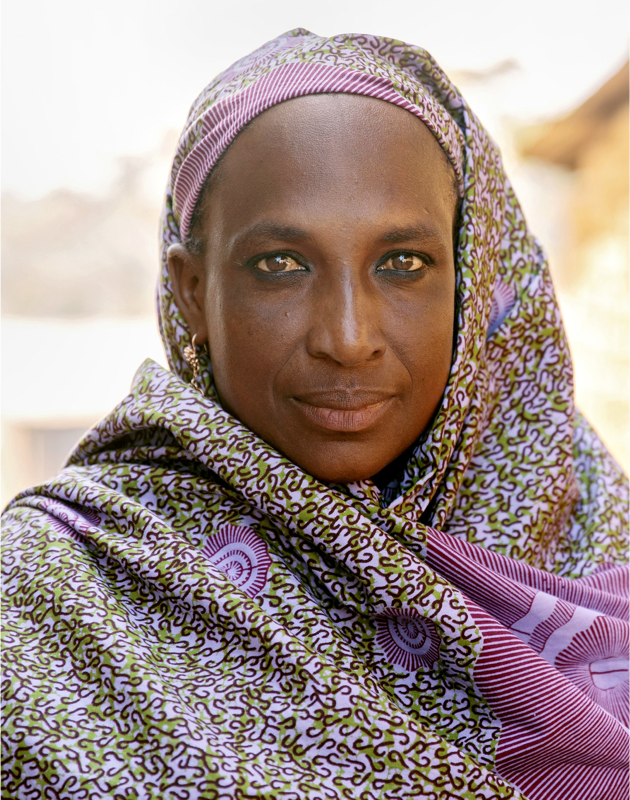
SDG Monitoring
The 2030 Agenda cannot be achieved without quality data and a robust indicator framework. Yet, 80 per cent of the indicators for gender equality across the Sustainable Development Goals (SDGs) are lacking data. There are critical gaps in data coverage that must be filled, so that we can successfully monitor the SDGs and ensure they are implemented for women and girls.
Now, the need to produce more and better gender data is greater than ever. Without data, our ability to monitor the SDGs and track progress on commitments to gender equality will be compromised. Below are some examples of our work to monitor gender in the SDGs.
